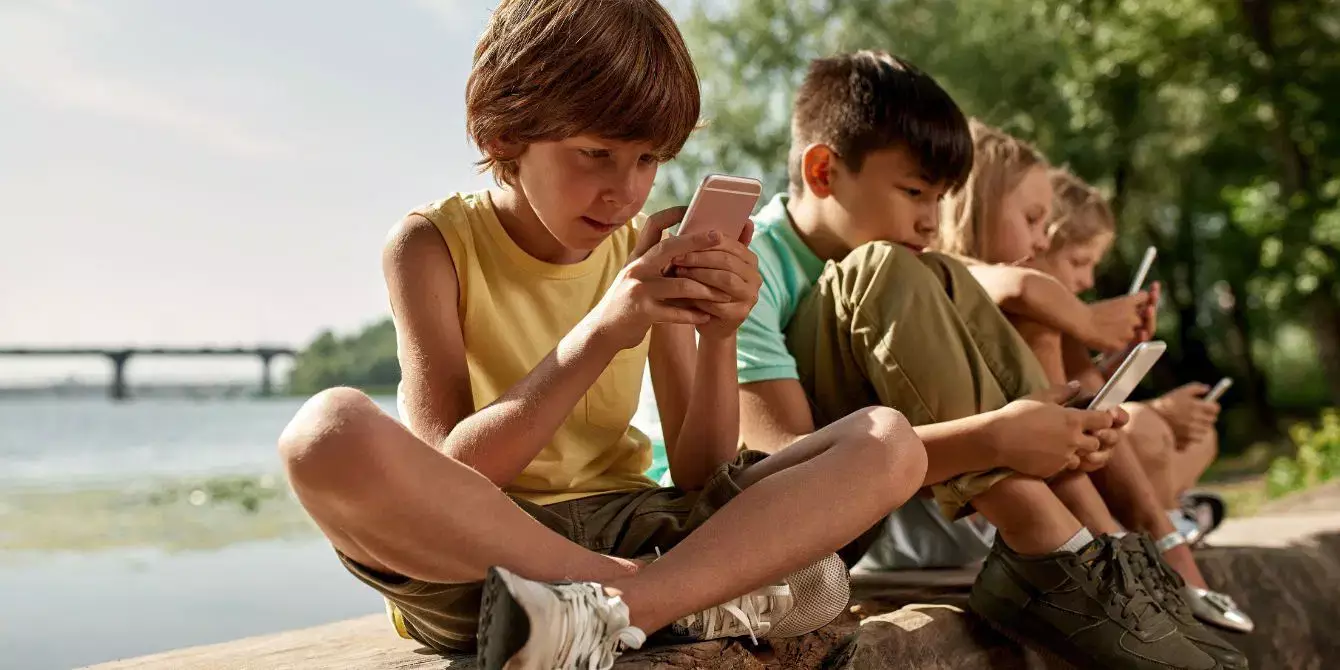In a world that is witnessing unprecedented technological advancements, parenting has transformed into a unique challenge. I find myself reflecting on how my seven-year-old son interacts with technology. Instead of glancing at his wristwatch or looking up at the analog clocks dotting our home, he simply turns to our Amazon Echo Dot in the kitchen, charmingly referred to as “the house-robot.” This amusing observation often leads me to contemplate whether my comfort with technology has inadvertently fueled a reliance on it. My son’s quick access to information through smart devices presents a conundrum: how can we as parents foster creativity and encourage self-reliance in our children amidst this digital wave?
As a parent, I felt an unsettling sting while watching an Apple advertisement for their latest iPad. It seemed to exemplify a growing trend wherein traditional forms of artistic expression are rapidly being overshadowed by digital tools. A study by the Brookings Institution in 2019 spotlighted a compelling connection between early engagement in the arts and various positive outcomes for children. Not only did it suggest improved academic performance, but it also pointed to increased compassion among peers. These insights felt dismissively sidestepped by global corporations obsessed with technological superiority. The dire implications of abandoning manual artistic endeavors scream for acknowledgment—how can we support our children’s creative growth in a landscape dominated by screens?
Navigating the waters of parenthood in this tech-saturated society can easily overwhelm even the most seasoned caregivers. The flashy allure of influencers, automatic systems like ChatGPT, and the growing presence of autonomous vehicles are just the tip of the iceberg. While I try to understand how to equip my son with the skills necessary to thrive, it instinctively feels like an uphill battle when automation and outsourcing pervade every corner of childhood. As a millennial mom raising a child in Generation Alpha, I am not without my concerns. These children are not merely adept—they’re extraordinary in their digital problem-solving skills. The simple joys of our youth, like creating mixed CDs with LimeWire or navigating MySpace, are little more than quaint memories now.
To ensure that my son does not grow into a mere consumer of technology, I believe I must lead by example. Perhaps it begins with a conscious reevaluation of my tech habits. Do I habitually rely on technology to save time at the expense of meaningful interaction? The conversation surrounding technology use should involve more than just parental rules; it should invite an introspective examination of our interactions with these devices. Rather than relying on voice commands to manage daily tasks, I could encourage paper lists, fostering a tactile engagement with organizing thoughts. Conversations about these choices might illuminate for him the responsibilities tied to technology use and the importance of safeguarding personal information online.
Embracing Diverse Experiences
Introducing my child to both analog and digital creativity is essential. It means stepping outside our comfort zones and engaging with our environment. Activities like visiting local art galleries, participating in library programs, or nurturing a creative project from backyard finds may initially seem tedious compared to the instant gratification of gaming. Yet it becomes vital to create a balanced environment where both digital and traditional forms of creativity are celebrated and cultivated. Such spaces, where children can explore freely and express themselves, remain imperative in fostering genuine inspiration.
Setting Boundaries, Finding Balance
No cookie-cutter solution fits every household; the parameters for technology use should be a family-driven agreement. Our decisions regarding technology should be made with the same scrutiny as we apply to choosing baby food, car seat safety, or laundry products. Establishing boundaries might appear daunting, but it ensures a healthier relationship with the digital world and nurtures our children’s ability to engage meaningfully with it.
Hopes for a Balanced Future
It’s tempting to feel defeated in the face of overwhelming advancements in technology, and I often wonder if my modest attempts will hold any weight against the current. Yet, I am optimistic that there remains intrinsic value in traditional expressions like writing poetry by hand or leisurely browsing through newspapers. These small practices could just forge a deeper connection to creativity and encourage my son to explore outside the digital realm. In an era where asking Alexa might seem more convenient, I still hold out hope for cultivating a world where tangible experiences flourish and creativity can thrive—both in the vibrant chaos of digital innovation and the contemplative tranquility of a blank page.

